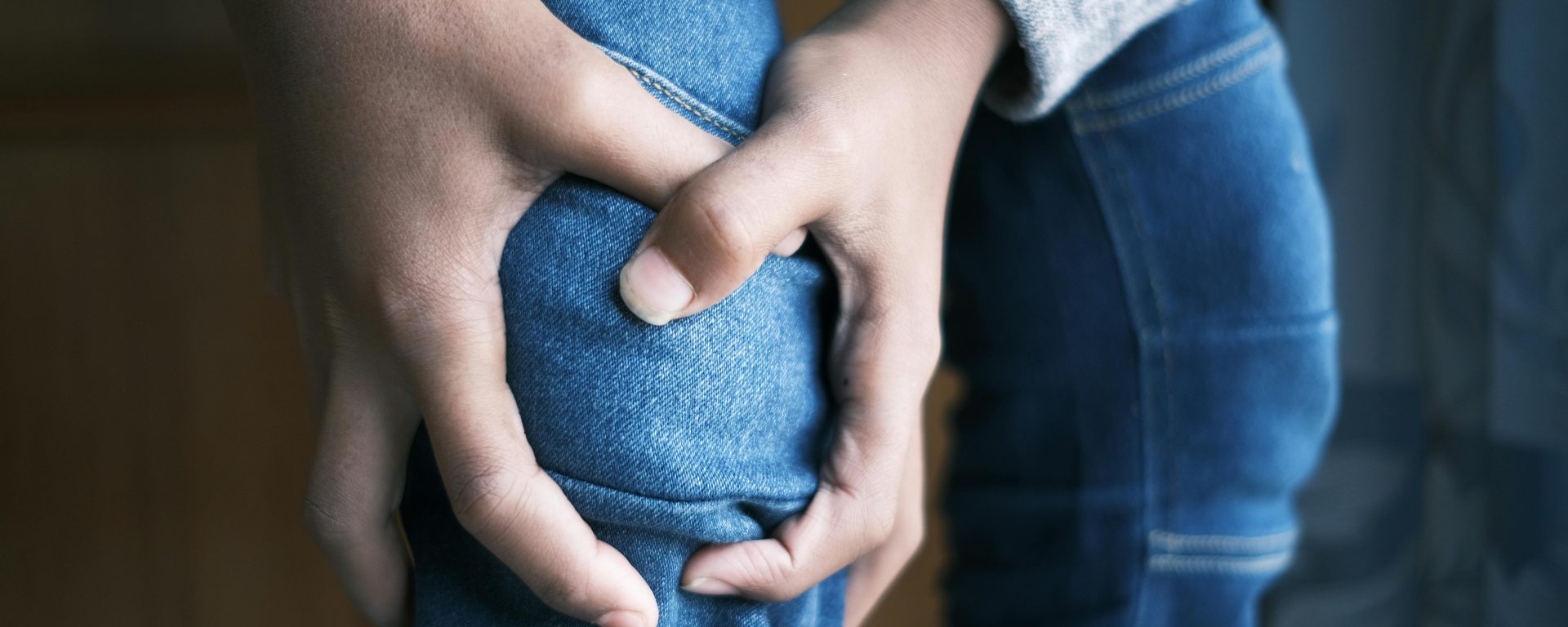In 2006, a study conducted by Susan L. Hughes, et. al., the long-term impact of the Fit and Strong! intervention on older adults with osteoarthritis has been elucidated. This multiple-component intervention, which integrates exercise and behavior-change strategies followed by home-based reinforcement, aimed to improve the physical activity levels and self-efficacy of participants.
The study, a randomized controlled trial, involved 115 participants in the Fit and Strong! intervention group and 100 participants in the wait-list control group. Over the course of 12 months, the effects of the intervention were assessed at 2, 6, and 12-month intervals.
Results showed significant improvements in various parameters among participants in the Fit and Strong! group compared to controls. At 2 months, there were notable enhancements in self-efficacy for exercise, exercise duration, and lower extremity stiffness. These benefits persisted at 6 months, accompanied by increased self-efficacy for exercise adherence and reductions in pain.
Even at the 12-month mark, despite a smaller sample size, the treatment group maintained significant improvements in self-efficacy for exercise and exercise duration, with trends towards reduced stiffness and pain. Importantly, no adverse health effects were reported throughout the study.
The effect sizes observed for self-efficacy for exercise and maintenance of physical activity were substantial, indicating the robustness of the intervention’s benefits. These findings underscore the efficacy of the Fit and Strong! program as a low-cost intervention for improving outcomes in older adults with osteoarthritis.
In summary, the consistent pattern of positive outcomes suggests that Fit and Strong! holds promise as an effective strategy for enhancing the well-being of older adults living with osteoarthritis.
Reference: Hughes, S. L., Seymour, R. B., Campbell, R. T., Huber, G., Pollak, N., Sharma, L., & Desai, P. (2006). Long-term impact of Fit and Strong! on older adults with osteoarthritis. The Gerontologist, 46(6), 801-814.
